7 Things Lifeguards Wish You Knew About Water Safety
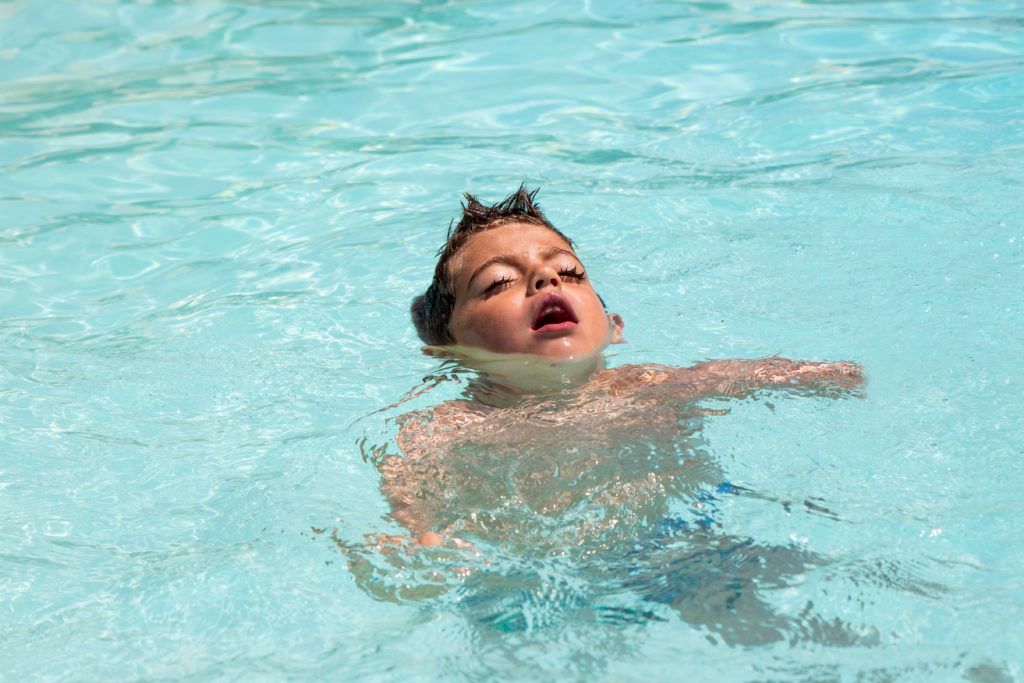
Swimming pool child safety is a cornerstone principle of SwimJim’s swim lesson program. When safety comes first, there is a lifetime ahead of fun, health, and enjoyment. Here are seven important facts to remember about drowning risks. They are essential for every parent and caregiver. Sometimes myths and misconceptions cloud what’s important, so we make it easy and dispel the fiction for you here.
1. The Risk of Drowning Is Real.

Swimming is equal parts safety, health, and fun. Whether you enjoy swimming for fitness or relaxation, the pool, ocean, or lake can help you create lifelong memories. Like every sport and activity; however, there are risks—the most serious of which is drowning. It is easy to misunderstand and underestimate swimming pool child safety and drowning, and this is especially true with the energy and joy of children in the water.
No matter how accomplished you or your children are at swimming, be careful, and be aware that drowning does not discriminate. Read about All American swimmer Fran Crippen who took gold and silver medals in the Pan American and Pan Pacific games and you’ll learn that even athletes at the peak of their condition and career can drown. Educate yourself on what’s important and how to respond in an emergency so you can act fast in the case of an emergency.
2. Drowning Doesn’t Look Like Drowning. It’s Silent and Lightning-Fast

If you imagine a drowning scene from a movie, you likely imagine a person splashing, yelling, and crying for help. However, in real life that’s not what drowning looks like. Drowning is silent. A drowning person is physically unable to call for help or wave their arms because the water they’ve ingested prevents it and their body is very quickly deprived of oxygen. Some signs that someone may be drowning may include:
- A person vertical in the water with their head may bobbing below or slightly above the surface.
- A person gasping for air with their eyes closed or glassy.
- A person submerged nearby (sometimes within arms-length of) a parent, friend, or family member.
Perhaps Hollywood dramatizes drowning because there is so little to show in real life. Whatever you think drowning looks like, know that it happens with stealth and speed, making it incredibly deadly and making swimming pool child safety of the utmost importance.
3. Supervision Failure Accompanies Almost Every Pediatric Drowning
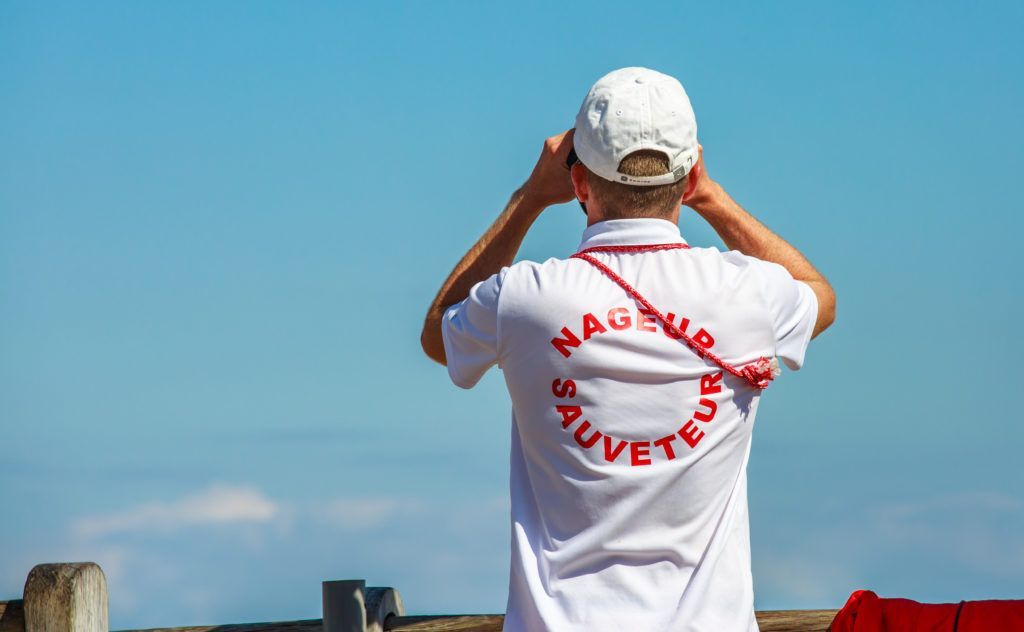
No one else cares for your kids more than you do. Therefore no one can monitor them better than you can. Lifeguards on duty at a pool or beach are responsible for everyone in and around the water, which can easily include dozens of adults and children.
In addition to the swimmers in the water, lifeguards have to monitor safety on pool decks or beachfront and keep an eye out for tides, safety notices, or pool chemistry at any given time. The safest way to have swimming pool child safety is to be the first line of supervision for your kids. Designate a “water watcher” to be on-duty whenever your kids are swimming.
A “water watcher” is the equivalent of a designated driver, but for pool and swimming parties. If you see the lifeguard or the water watcher on the phone? Tell them to get off and pay attention! That brings us to our next point. …
4. Drown-Proofing Is a Myth
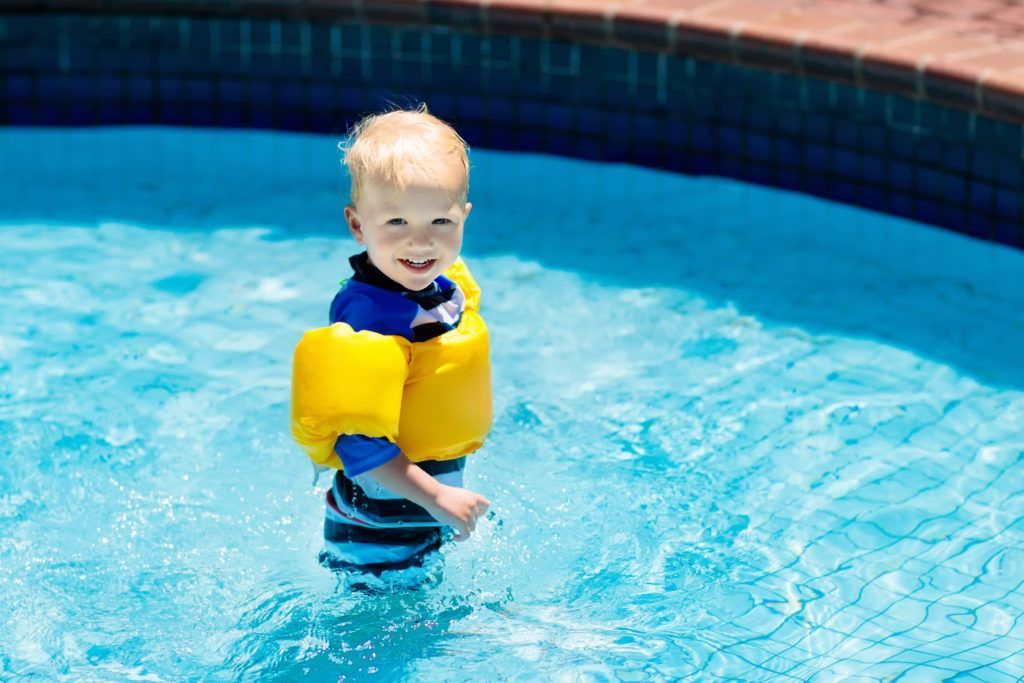
There are swim programs, floatation devices, and technologies that promote “drown proofing” or “survival skills” as a benefit. Be thoughtful and be aware of products, technologies, and programs that make these claims. Although they may have their own strengths and drawbacks, you should do your own research on each and remember that there is no such thing as drown-proof.
The key drowning risk issue always comes back to lack of supervision. If a device or class gives a false sense of security, a parent or caregiver might unconsciously find themselves distracted which dramatically impacts a parent’s ability to respond if something goes wrong. Remember,: drowning is silent and fast. The best way to prepare is to supervise at all times and realize that drowning happens when you think it won’t.
5. Be Wary of Distractions
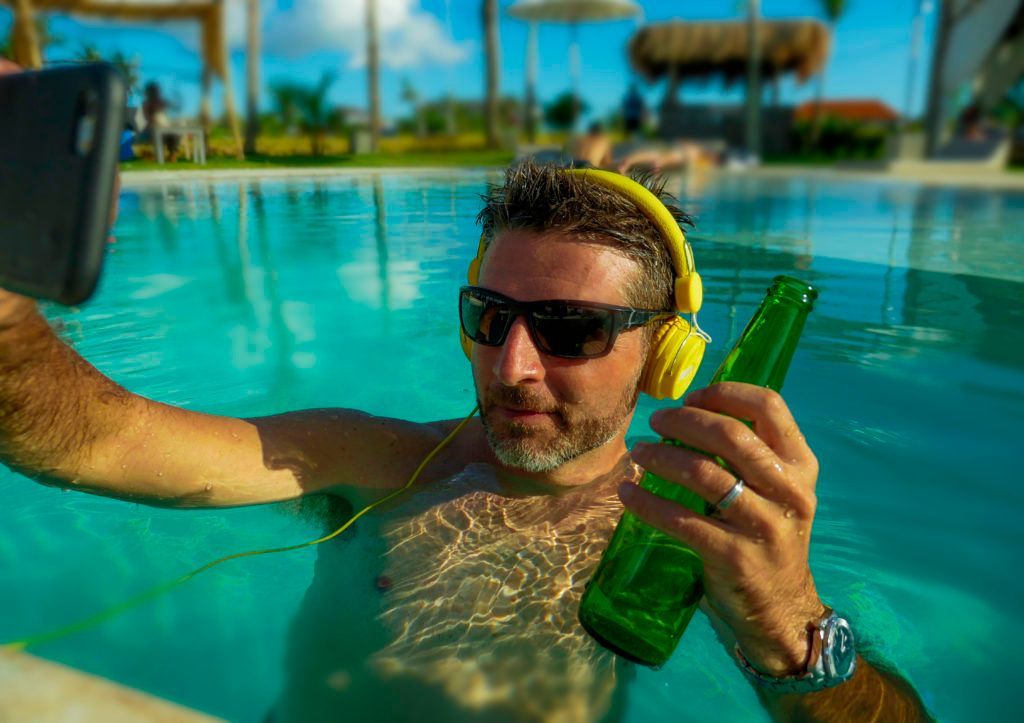
You know what we are going to say here. Mobile technology means that almost every adult has a portable distraction system in their hands at all times. This is a particularly dire risk when it comes to drowning because of drowning’s speed and silence. Long before mobile phones, there were books, conversations, naps, alcohol, other children running around, and more.
What we’re saying is that there have always been distractions and there is no cure for distraction. Manage yourself and take breaks to alleviate fatigue so you can stay vigilant and help others stay focused as well. Do you see the lifeguard, babysitter, or other water watchers on their phone? Ask them if they would like you to take over for a few minutes. It may help them refocus and also keep their attention on swimming pool child safety.
6. Don’t Overestimate Your Child’s Swimming Abilities
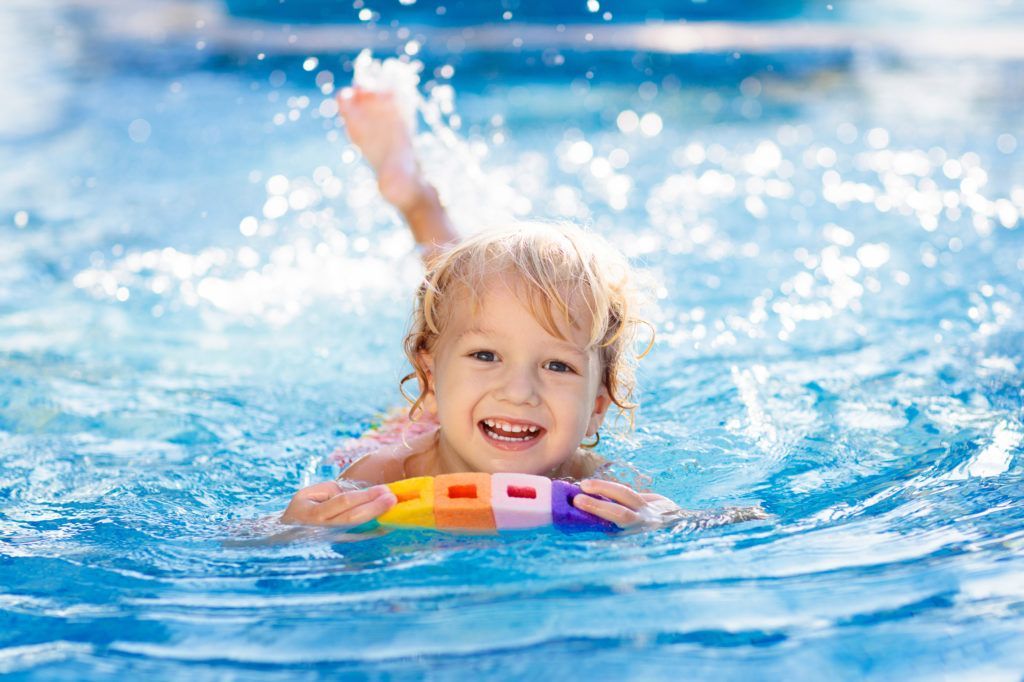
Over the 40 years we have taught swimming lessons, we have seen that it’s pretty common for parents to overestimate their child’s swimming abilities. This is understandable and natural. Most children love water and have so much fun while swimming. However, overestimating swimming skills can unwittingly lead to a false sense of security. No matter how good of a swimmer they are there is always a risk of drowning. It’s also important to recognize that enjoyment and fun are not the same as skill and safety. There really is no substitute for supervision in swimming pool child safety.
7. Know the Difference Between Toys and Flotation Devices
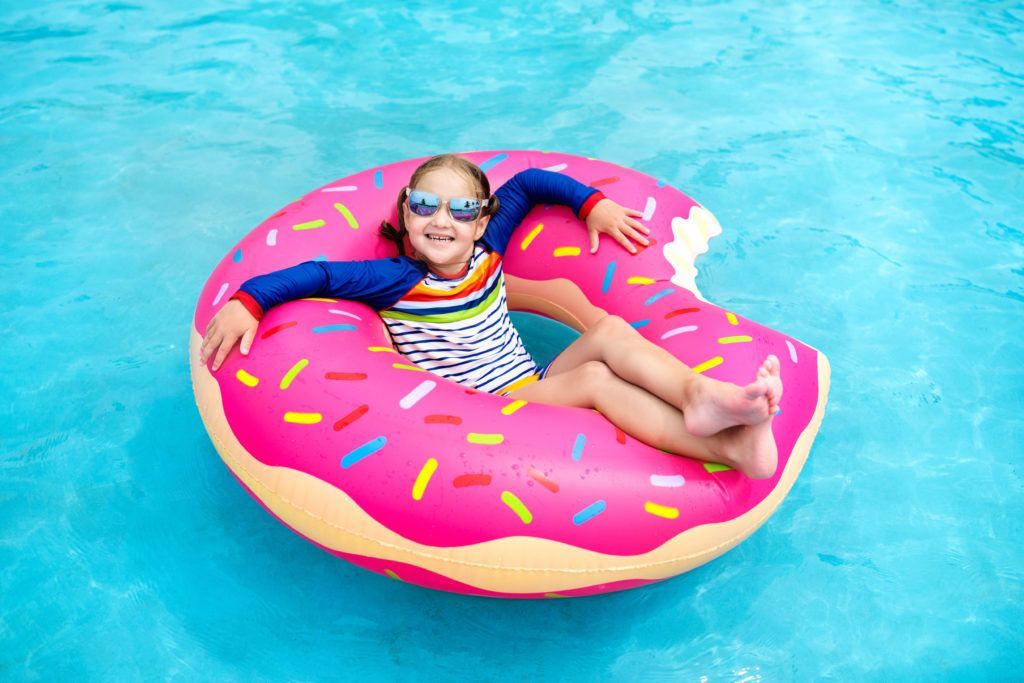
Floaties, rings, rafts, and pool noodles are toys—not flotation devices. Make sure you read the tag on the fun unicorn inflatable you bought and remember that it’s not a flotation device, it’s a toy. The same goes for pool noodles. While they can be great for lounging around the water, or pretending like you’re riding a seahorse, they are not safety rated and have no regulation or quality monitoring for malfunction.
Some of the very big pool inflatables also pose an additional risk: winds can carry them away in open water or capsize them in a pool. If you decided to use these toys for a full day at the pool, make sure you pair them with a US Coast Guard-approved life jacket and supervise, supervise, supervise. Did we say supervise? Supervise.
Swimming Pool Child Safety
We hope these pointers are helpful for swimming pool child safety. If they are a little scary, we’re OK with that. Drowning is a serious issue and our greater purpose at SwimJim is to aim for a world without drowning and increased swimming pool child safety.
The post 7 Things Lifeguards Wish You Knew About Water Safety appeared first on Swim Jim.







